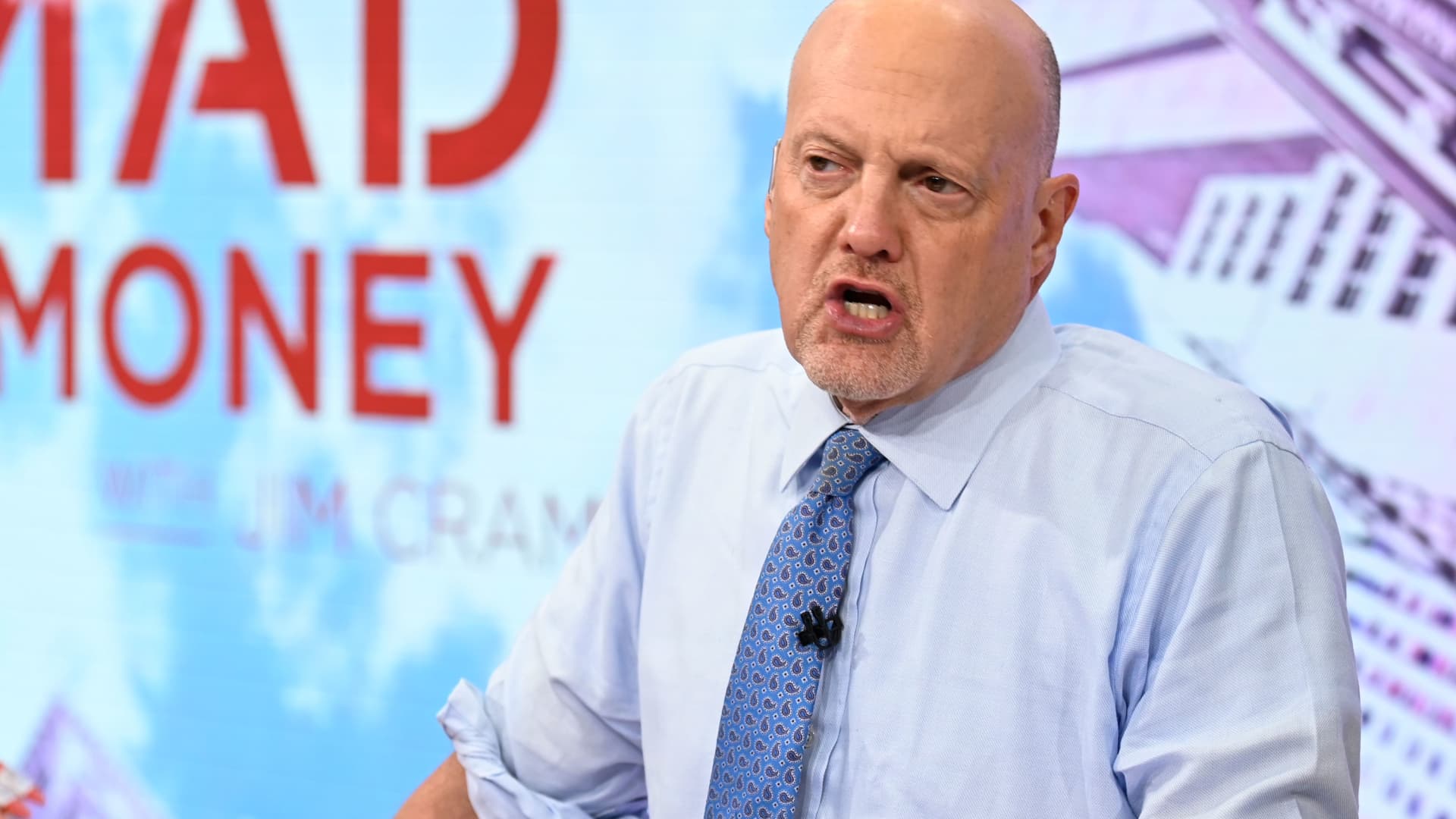For the first time in eight years, the number of Americans with side hustles is shrinking, a new survey shows.
Twenty-seven percent of working Americans report having a second stream of income, according to a survey published by financial services company Bankrate on July 9. That's a decrease of nine percentage points from 2024 — when 36% of Americans held side hustles — and the lowest percentage observed since 2017, Bankrate data shows.
"I would attribute the drop [to the fact that] the job market has been solid," says Bankrate senior industry analyst Ted Rossman. "I know it still feels like everything is expensive, but we've had wage growth outpacing inflation for a few years now, which has given people time to catch up a bit."
Just two years ago, American side hustles were at an all-time high, the report says. Many U.S. adults used their second gigs — from walking dogs or driving Ubers to running Etsy shops — to cover their regular living expenses during an unpredictable post-pandemic economic environment with record-high inflation.
Now, more Americans with side hustles are using their extra cash for discretionary purposes, the Bankrate survey found. The shift shows that people are feeling less economically anxious, says Rossman — even amid cost-of-living uncertainty around U.S. President Donald Trump's tariff policies and a difficult labor market for many job seekers.
If the economy turns further downward, some Americans could return to their side hustles, Rossman says — particularly those between the ages of 18 and 44, who are already comfortable balancing multiple income streams and are earlier in their careers than other demographics.
Bankrate's survey was conducted between June 2 and June 4, and as recently as May, unemployment and layoff rates were relatively low. Since then, however, inflation has crept upward: The consumer price index rose 2.7% over the last year through June, slightly higher than the 2.4% rate in May, the Bureau of Labor Statistics reported on July 15.
In recent years, Americans felt incentivized to take on side hustles when inflation was high and the labor market was friendly to job-seekers, says Kayla Bruun, a lead economist at business intelligence firm Morning Consult who's also studied side hustles in the U.S.
Launching a side hustle alongside a full-time job can be difficult, and employed people in a cooling labor market tend to be somewhat risk-averse, she says. But a rise in inflation could create more "urgency for side gigs," she notes.
The country's side hustle culture in 2023 may have been a "once-in-a-generation" peak, adds Rossman — but he still forecasts a rebound in the percentage of Americans with side gigs. "I don't think the decline will continue," he says.
Want to be a successful, confident communicator? Take CNBC's online course Become an Effective Communicator: Master Public Speaking. We'll teach you how to speak clearly and confidently, calm your nerves, what to say and not say, and body language techniques to make a great first impression. Get started today.
Plus, sign up for CNBC Make It's newsletter to get tips and tricks for success at work, with money and in life, and request to join our exclusive community on LinkedIn to connect with experts and peers.

.png)











 English (US) ·
English (US) ·